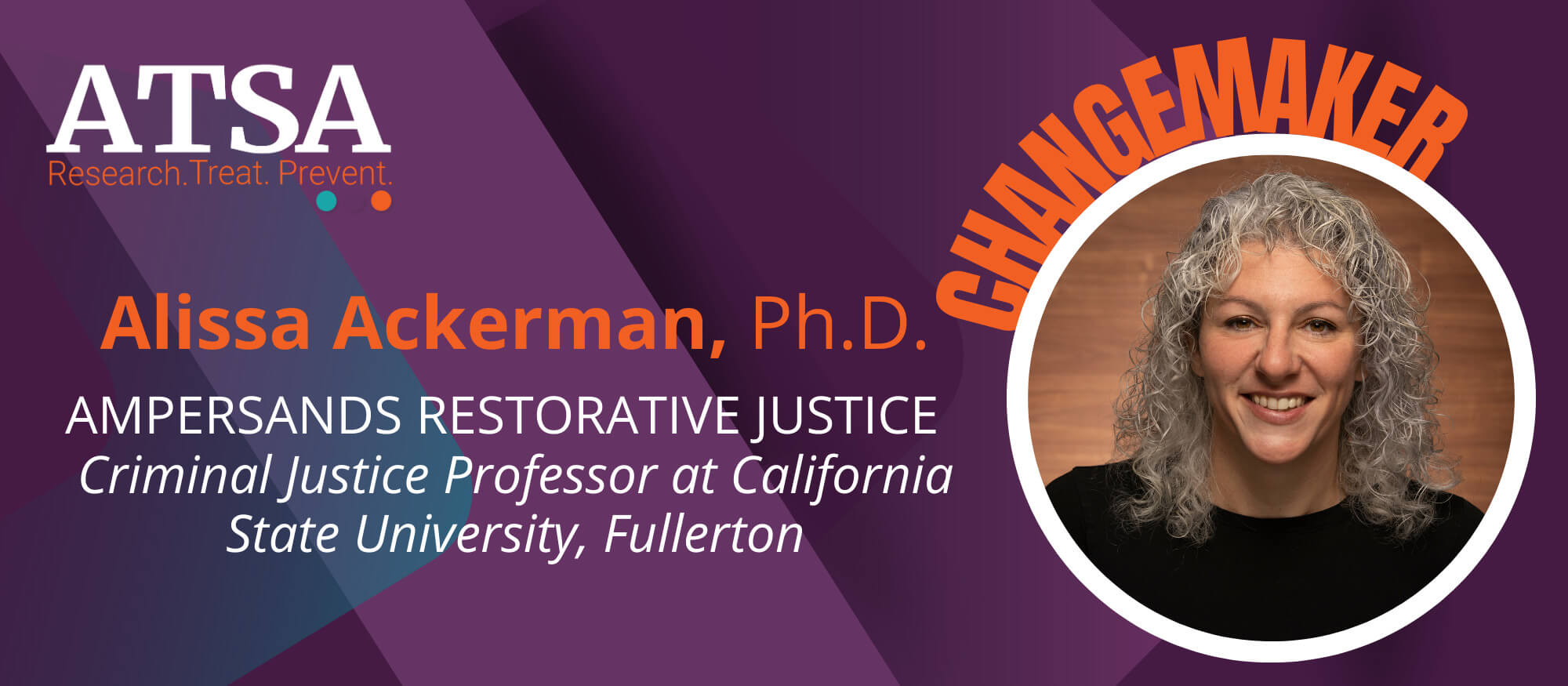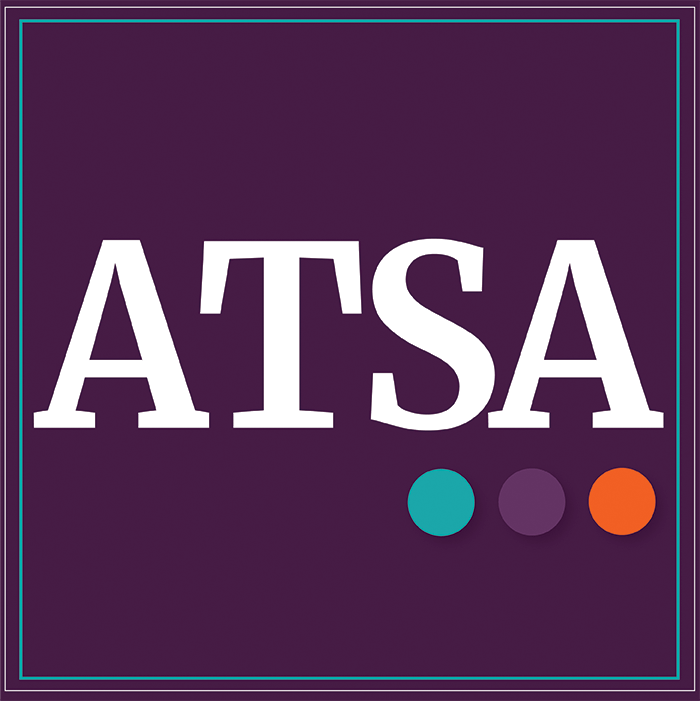
ATSA is proud to shine this month’s Changemaker spotlight on Alissa R. Ackerman, PhD, a longtime ATSA member, co-founder of Ampersand Restorative Justice, and professor of criminal justice at California State University, Fullerton. Dr. Ackerman is nationally recognized for her work reinventing how we respond to sexual harm—bridging survivor needs, treatment principles, and prevention goals to offer society tangible, effective alternatives to punitive policies.
Dr. Ackerman’s path into this work is grounded in both personal experience and professional expertise. Her academic journey began with research on post-conviction policies, conducting studies inside prisons and civil commitment centers. But it was through listening—deeply and compassionately—to people on all sides of harm that her understanding expanded. She recognized how often retributive justice fails to prevent future abuse or meet the needs of those who have experienced it.
This multi-faceted approach is what makes Dr. Ackerman’s work resonate so deeply within the ATSA community. As someone who has been part of ATSA for nearly 20 years, she “speaks the same language” as many of our members—grounded in evidence-based treatment, committed to harm reduction, and focused on the prevention of future abuse.
Dr. Ackerman encourages treatment providers and evaluators to explore how restorative practices can support their work:
- Restorative justice is not one thing. Clinicians can apply restorative principles in their treatment framework to center accountability and healing.
- Voice and choice matter. Restorative processes are powerful because they empower survivors. Providers can help prepare clients for these processes with care and intention.
- Collaboration is critical. She urges clinicians to partner with victim advocacy organizations for shared “teach-ins.” There is much for each field to learn about the other’s perspective, and that understanding is essential to meeting the full spectrum of needs.
- Vicarious restorative processes are healing for all involved. Bringing survivors into treatment spaces—safely and with consent—can foster transformative growth.
At the heart of her work is the ampersand: the “and” between survivor and the person who caused harm, research and practice, justice and healing. Dr. Ackerman’s changemaking lies in holding that complexity—and showing us all what is possible when we do the same.
